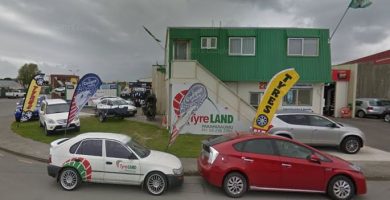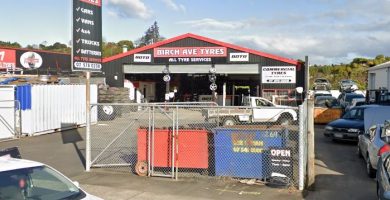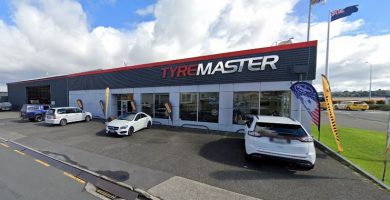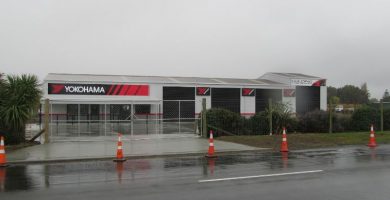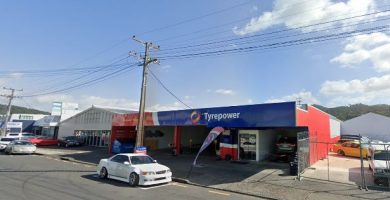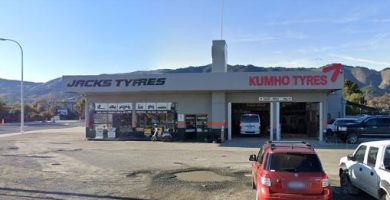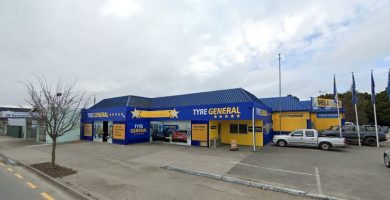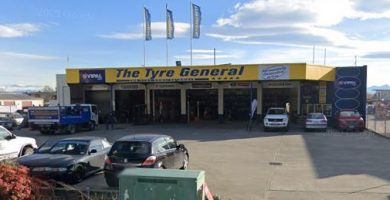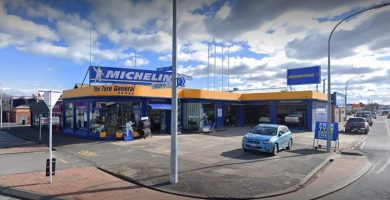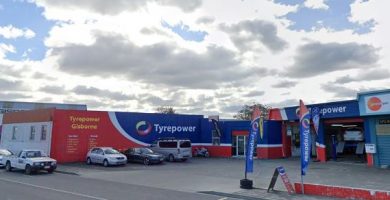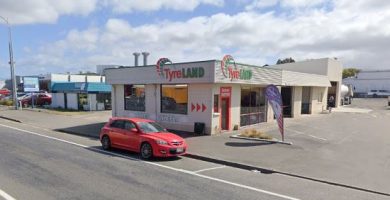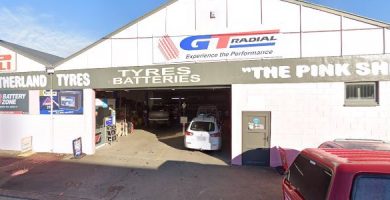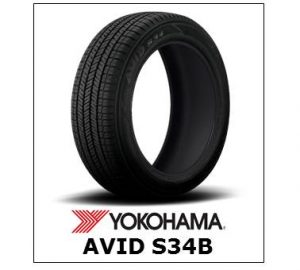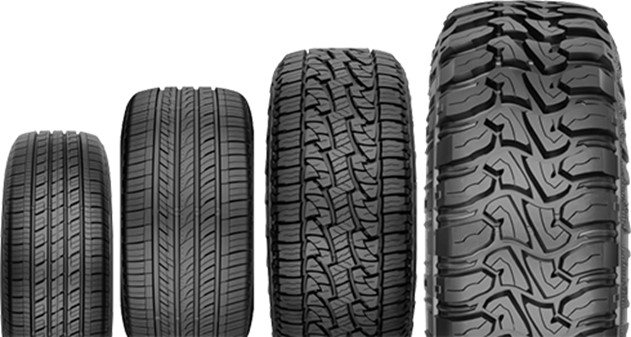
Yokohama is a premium tyre brand made in Japan. The main characteristics that stand out are excellent tread life, superior wet traction, outstanding grip in all conditions and quiet ride. Its most famous models are the AVID, ADVAN and finally the Geolandar in the 4×4 tyres segment. For years Yokohama was the main sponsor of Chelsea Football Club in England. Yokohama in New Zealand works with extensive distribution of independent tyres stores.
Index
1.- Yokohama Tyre Shop New Zealand
1.1.- Tyre Shop Auckland
1.2.- Tyre Shop Canterbury
1.3.- Tyre Shop Wellington
1.4.- Tyre Shop Waikato
1.5.- Tyre Shop Bay of Plenty
1.6.- Tyre Shop Otago
1.7.- Tyre Shop Manawatū-Whanganui
1.8.- Tyre Shop Northland
1.9.- Tyre Shop Hawke’s Bay
1.10.- Tyre Shop Taranaki
1.11.- Tyre Shop Southland
1.12.- Tyre Shop Tasman
1.13.- Tyre Shop Nelson
1.14.- Tyre Shop Gisborne
1.15.- Tyre Shop Marlborough
1.16.- Tyre Shop West Coast
2.- Yokohama Tyres Models
3.- Yokohama History
1.1- Tyre Shop Auckland
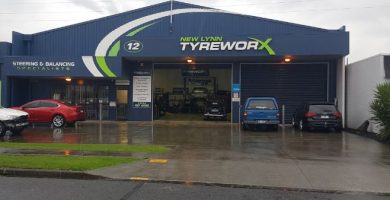
Tyreworx New Lynn – Yokohama

Discount Tyres Grey Lynn – Yokohama
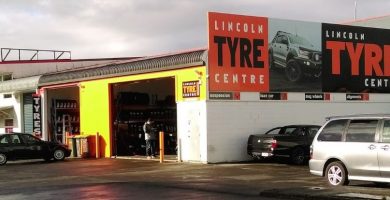
Lincoln Tyre Centre – Yokohama
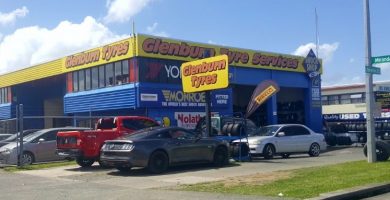
Glenburn Tyre Services Ltd – Yokohama
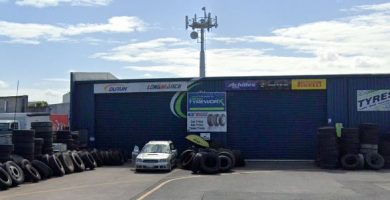
Tyreworx Airport – Yokohama
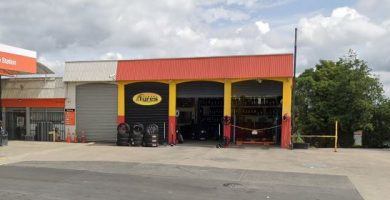
Albany Tyres Ltd- Yokohama
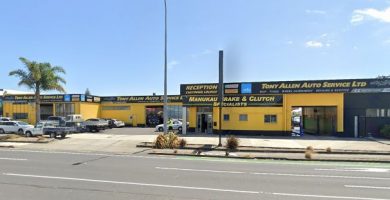
Tony Allen Auto Service Ltd – Manukau- Yokohama

Tyretech- Yokohama

Bush Rd Tyre & Alignment – Yokohama
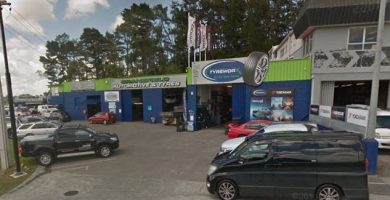
Cranefield Automotive & Tyres – Yokohama

Tyreworx Airport – Yokohama

Tyreworx Otahuhu – Yokohama

Harris Road Tyrepower East Tamaki – Yokohama
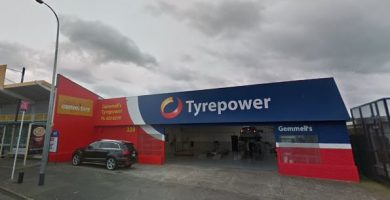
Gemmells Tyrepower Glen Innes – Yokohama
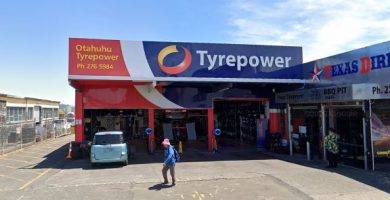
Otahuhu Tyrepower – Yokohama

North Harbour Tyrepower North Shore – Yokohama
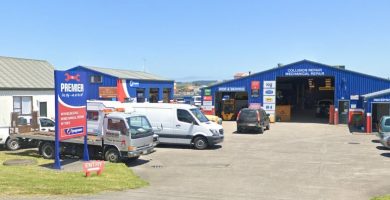
Helensville Tyrepower – Yokohama

Peninsula Tyrepower – Yokohama
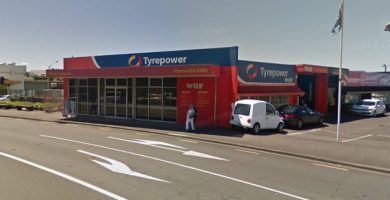
Titirangi Tyrepower – Yokohama
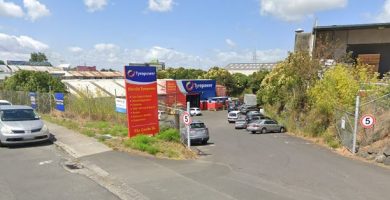
Ellerslie Tyrepower – Yokohama
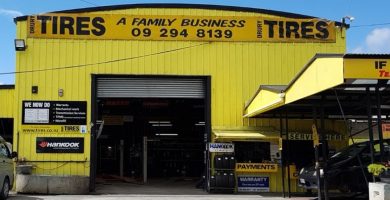
Drury Tires – Yokohama
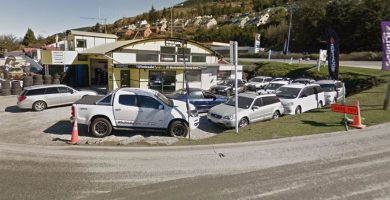
Wholesale Tyres Queenstown – Yokohama
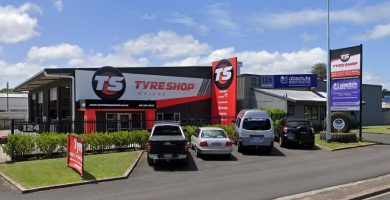
Tyre Shop Waiuku Ltd – Yokohama

Herb Morgans Tyre Service – Yokohama
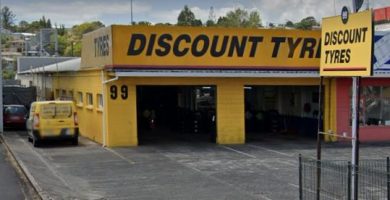
Discount Tyres Takapuna – Yokohama

Discount Tyres Grey Lynn – Yokohama
1.2- Tyre Shop Canterbury
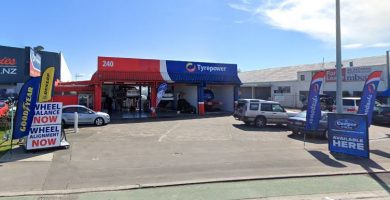
Hornby Tyrepower Christchurch – Yokohama

Tyre General Amberley – Yokohama

Tyre General Christchurch – Yokohama

Tyre General Rangiora – Yokohama

Tyre General Ashburton Neumanns Tyres – Yokohama
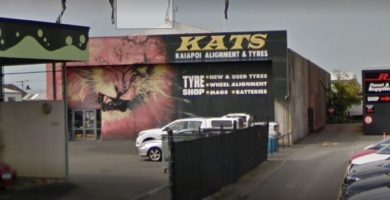
Kaiapoi Alignment & Tyres – Yokohama
1.3.- Tyre Shop Wellington
1.4.- Tyre Shop Waikato
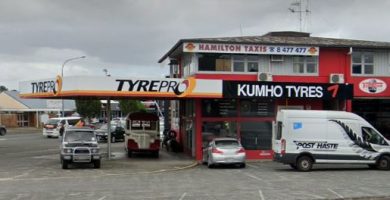
Tyrepro Hamilton Ltd – Yokohama

Tyrepro Hamilton Ltd – Yokohama

Capital Tyres – Yokohama
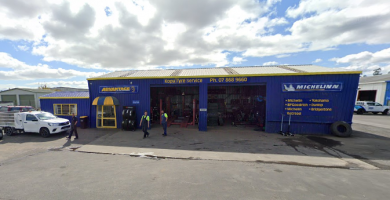
Kopu Tyre Service- Yokohama
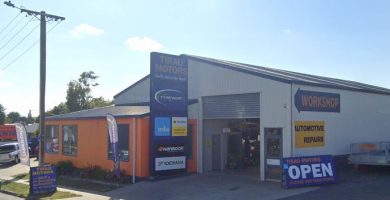
Tyreworx Tirau – Yokohama
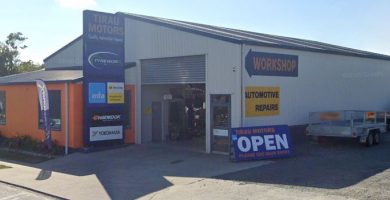
Tirau Motors – Yokohama
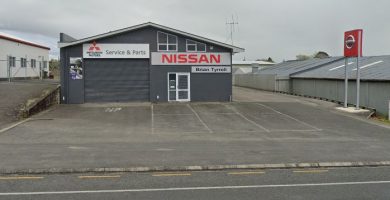
Brian Tyrrells Nissan – Yokohama
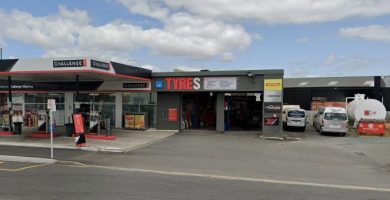
The Tyre Station Killarney – Yokohama

Capital Tyres Hamilton Ltd – Yokohama
1.5- Tyre Shop Bay of Plenty
1.6.- Tyre Shop Otago
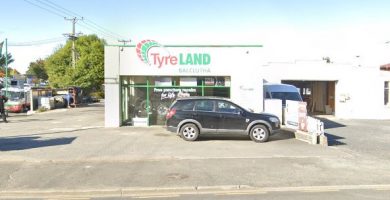
Tyreland Balclutha – Yokohama
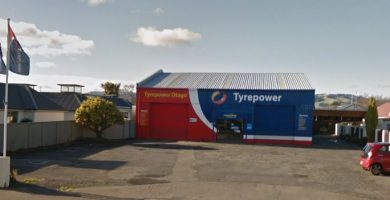
Otago Tyrepower – Yokohama
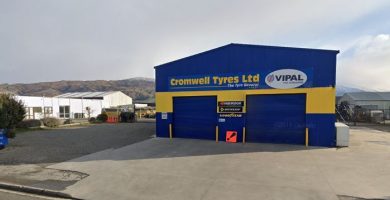
Tyre General Cromwell – Yokohama

Tyre General Dunedin – Yokohama
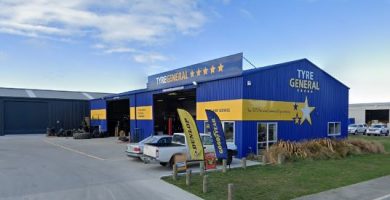
Tyre General Oamaru – Yokohama
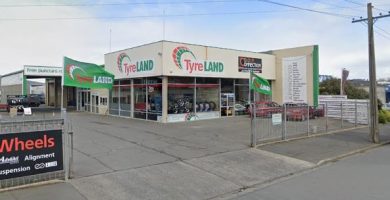
Tyreland Dunedin – Yokohama
1.7.- Tyre Shop Manawatū-Whanganui
1.8.- Tyre Shop Northland
1.9.- Tyre Shop Hawke’s Bay
1.10.- Tyre Shop Taranaki
1.11.- Tyre Shop Southland
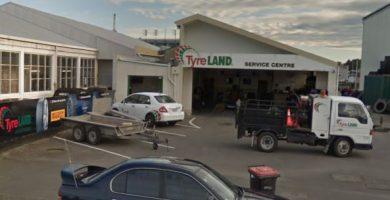
TyreLand Invercargill- Yokohama

Tyre General Gore – Yokohama
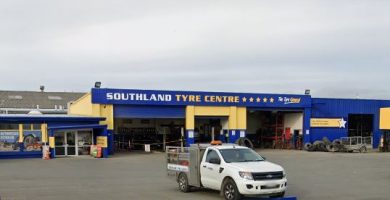
Tyre General Invercargill – Yokohama

Tyreland Gore- Yokohama
1.12.- Tyre Shop Tasman
1.13.- Tyre Shop Nelson
1.14.-Tyre Shop Gisborne
1.15.- Tyre Shop Marlborough
1.16.- Tyre Shop West Coast
2.- Yokohama Tyres Models
▷ Yokohama Geolandar X-AT: It is designed to conquer tough off-road terrain without compromising on pavement comfort. Yokohama’s HD-2 off-road compound uses a blend of three polymers to improve cut and chip resistance as well as durable wear.
▷ Yokohama ADVAN Fleva V701: The ADVAN Fleva V701 is a high performance tire suitable for sports cars. Offering agile handling in wet and dry conditions, it’s surprisingly quiet and comfortable.
▷ Yokohama AVID Ascend LX: It is an exceptional tyre that provides impressive grip and great mileage performance in all types of weather even in winter conditions.
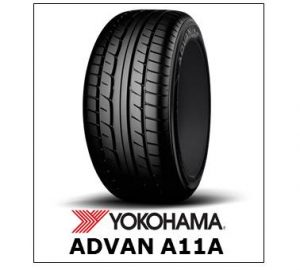
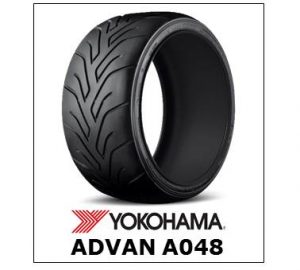
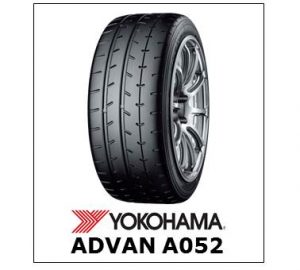
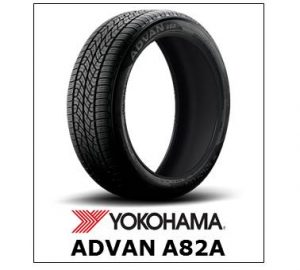
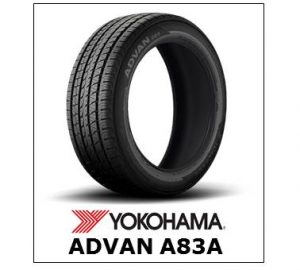
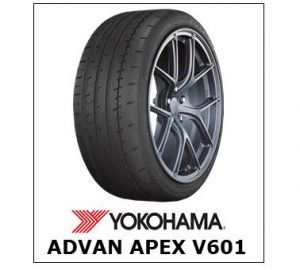
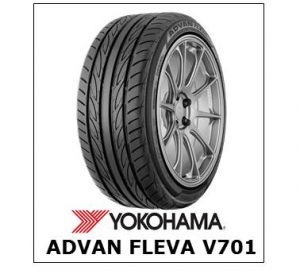
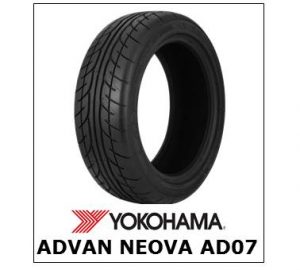
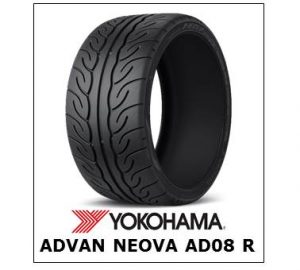
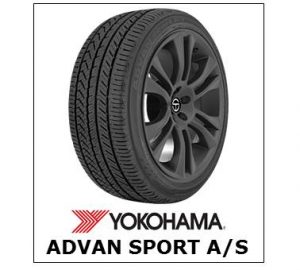
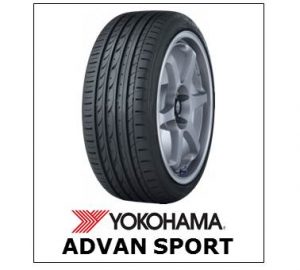
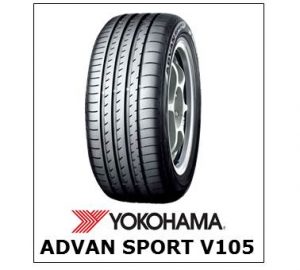
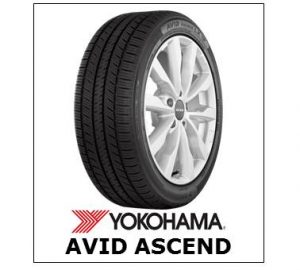
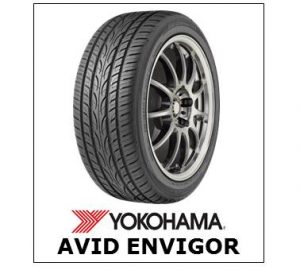
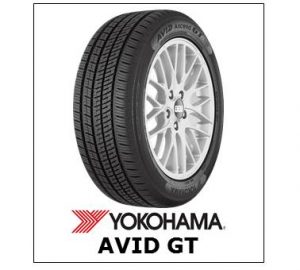
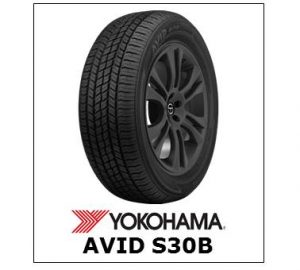
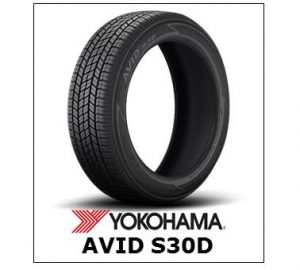
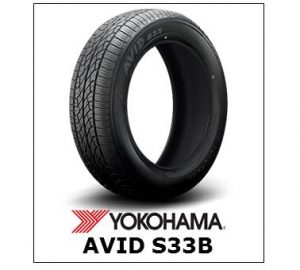
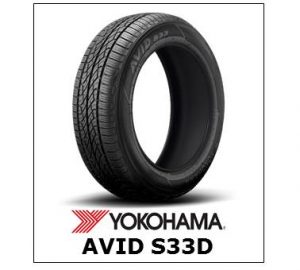
3.- Yokohama Tyres History
Founded in 1917, it was one of many Japanese industrial companies that were created taking advantage of Japan’s opening up to the outside world in the late 19th century. Yokohama Rubber developed in the 20s of the 20th century thanks to the discovery of niches in the Japanese industrial infrastructure that was developing and that needed innovations.
The company’s greatest success at the time was the manufacture of the cord fabric tire, which entered the market in 1921 and became the basis for the further development of the company. The tires that were being used until then in Japan were made of textile, especially simple fabric.
Hamatown Cord, from Yokohama Company, was the first cord fabric tire sold in Japan, three times stronger than textile tires, it quickly gained popularity on Japanese roads. At the same time, the company was also engaged in the development of products related to industrial systems, using rubber to improve conveyor belts in industry.
In 1921, the company began to introduce trimmed-edged rubber drive belts to the market, which rapidly replaced leather belts in many branches of the industry, a great advance for Japanese tires. In 1929, the first V-type belt came out in Japan, which is characterized by higher elasticity and better transmission.
These early actions provided the foundation for the development of the 1930s, when Japan’s economy was experiencing rapid growth and experienced high demand for rubber products. Yokohama developed high-flotation tires, specially designed to prevent overheating problems, including huge truck tires as well as Y-tread tires. In 1930, the company created a soft rubber coating, which will be used in the chemical industry and that protected metals against corrosion and leakage.
Finally, in 1936, he designs and manufactures the first hydraulic brake hose for vehicles in Japan. In 1939, the company made the greatest advance in the history of the synthetic rubber industry, manufacturing its own and putting itself at the forefront of this type of technology.


